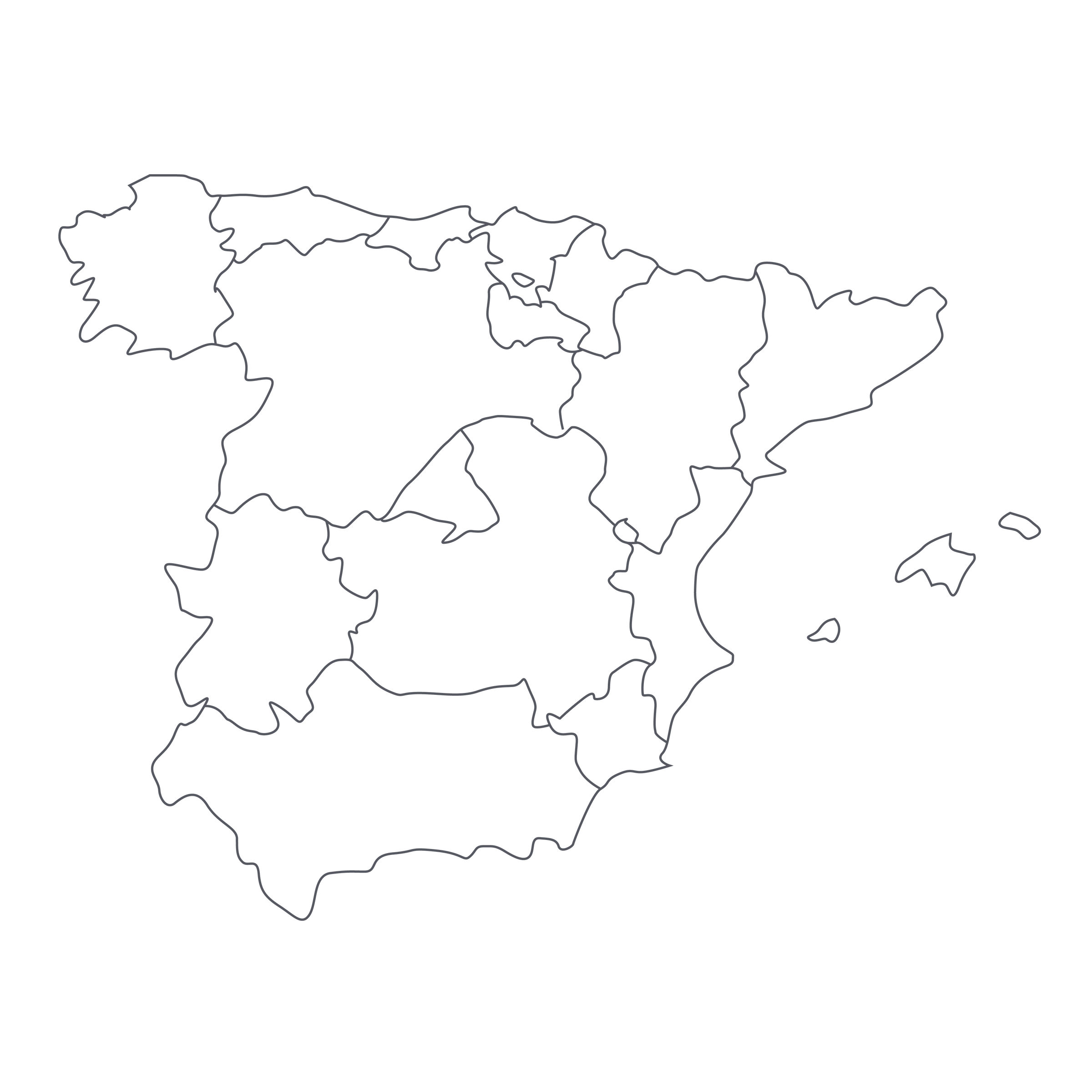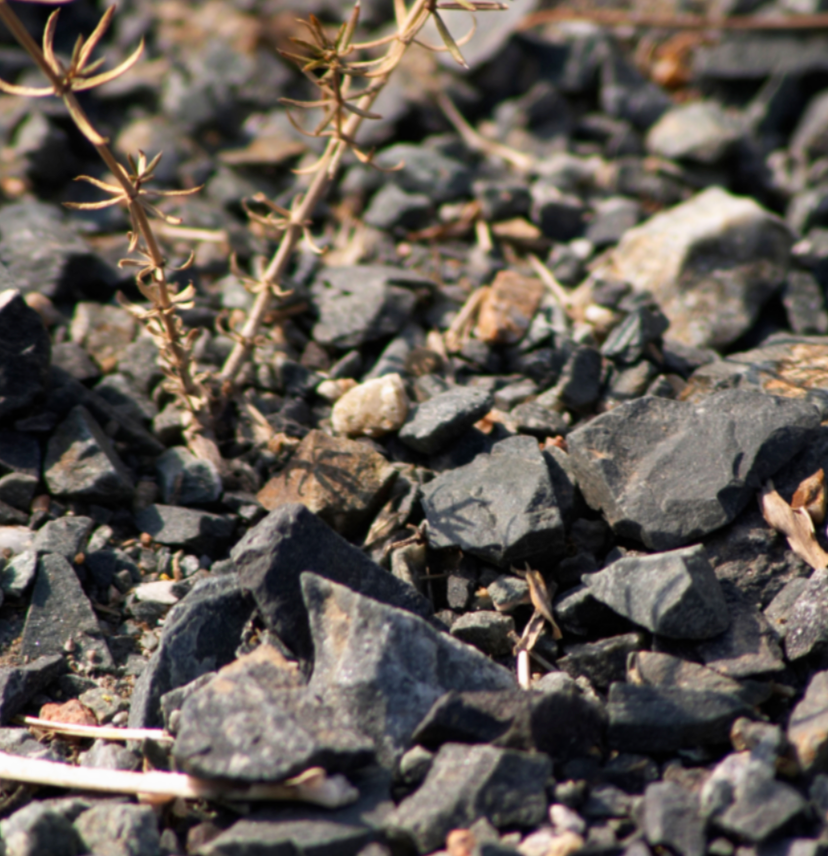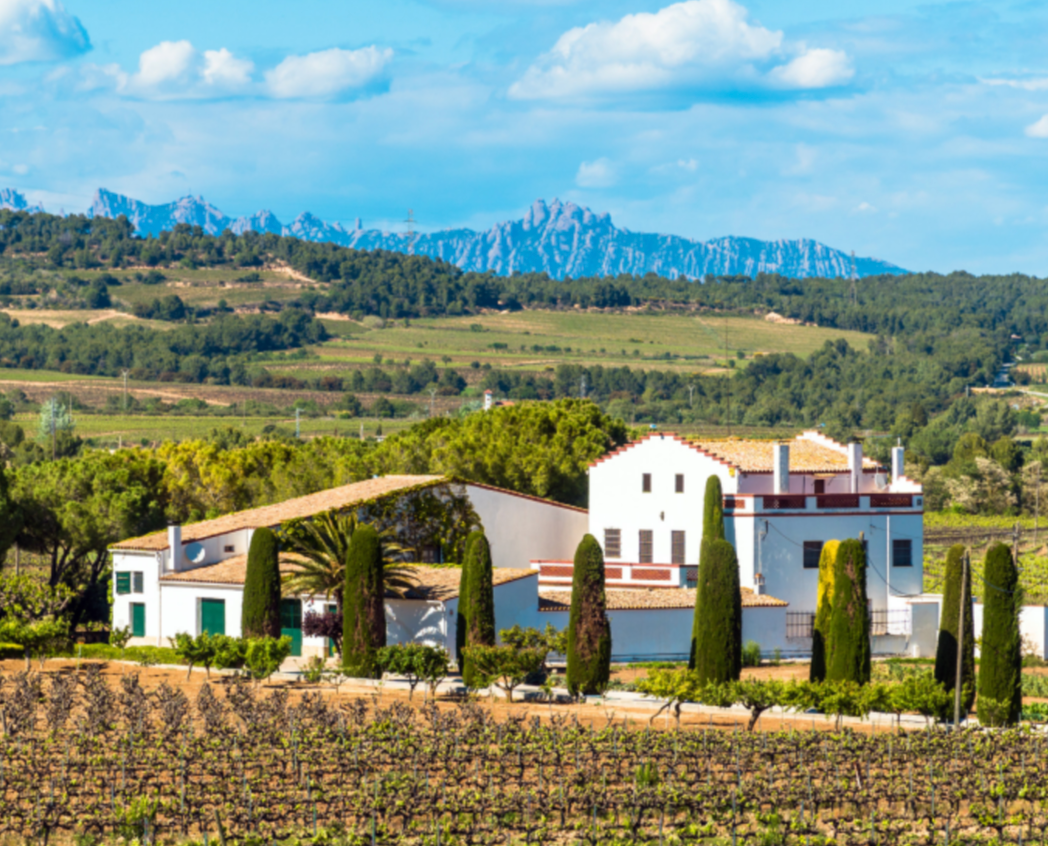It’s not just that I was blown away by Galicia when I visited the region: Its tangle of rivers tumbling down into the Atlantic Ocean; its patchwork of hillside vineyards, most of them more like ramshackle family gardens than vast viticultural ‘tracts’; its sea-kissed smells and tastes. It’s that the wines continue to get better and better.
In our opinion, few wine-producing regions today can match the dynamism of Northwest Spain; for all of the history in Galician wine zones such as Valdeorras, Ribeiro, Ribeira Sacra and, of course, Rías Baixas, it’s only fairly recently that they’ve emerged as Spanish wine zones to be reckoned with. This wine from Bodegas Fillaboa—a single-vineyard, lees-aged Albariño from the 2014 vintage—deliciously defies the stereotype of Spanish Albariño as a crisp, straightforward quaffer. Not that there’s anything wrong with crisp quaffers, it’s just that this wine takes Albariño to another level of complexity, structure, and yes, seriousness. In some respects, I’d compare it favorably with Premier Cru Chablis, but regardless, it leaves no doubt that Albariño, in the right hands, is a ‘noble’ white grape.
Founded in 1988 and focused entirely on Albariño, Fillaboa is headquartered in the southerly part of the Rías Baixas D.O., at the confluence of the Tea and Miño Rivers (the latter marking Spain’s border with Northern Portugal). Their wines are sourced exclusively from estate-grown fruit from their 70 hectares of vineyards, which are divided into 11 distinct blocks. This wine is a selection of the best grapes from a single 5-hectare parcel called “Monte Alto”—Fillaboa’s highest-elevation site, a steeply pitched vineyard with a full-south exposure. Soils are gravelly, sandy, “alluvial” deposits with lots of finely polished river cobble. The property is one of the oldest in Galicia, even though its ownership has changed fairly recently; since 2000 it has been owned and run by the Masaveu family, who farm their vineyards sustainably according to a program developed by the Galician regional government.
Noting that Albariño likely takes its name from Galician dialect for “white Rhine”—prompting comparisons to Riesling—Fillaboa treats the Monte Alto fruit a little more like Chardonnay from Chablis, or, perhaps more accurately, Muscadet from the Loire. The hand-harvested fruit is fermented in stainless steel, where it remains for a year to age on its fine lees (the yeasts sediment that remains post-fermentation). Although it never sees an oak barrel, the lees are stirred regularly during that aging period (the process the French call bâtonnage) which lends creamy richness to the texture.
On first putting my nose in the glass of this 2014, I vacillated between comparisons to Chablis (because of the distinctive oyster shell like minerality) and top-rank Muscadet Sèvre et Maine (because of its sea-spray salinity and lees-influenced creaminess). In the glass, it is a pale yellow-gold with hints of green at the rim, with a potent aromatic attack that combines green peach, green plum, and a hint of melon peel with savory notes of gunflint, white button mushroom, rising bread dough, nori and raw hazelnut. It is more aromatic than Chardonnay though not as much as its maybe-cousin Riesling, while on the palate the wine has the grip and palate weight of the former; it’s the texture of the wine that bears some resemblance to Chablis, although again, I’ve had my share of single-vineyard Muscadets with this level of depth and persistence. Although it is delicious and mouth-watering to drink now, its acidity/minerality whetting the palate for some raw seafood drizzled with your best olive oil and some sea salt, I have no doubt that this 2014 will age 5+ years with ease. If you’re enjoying this wine now, decant it about 30 minutes before serving in Burgundy stems at 55-60 degrees. It is genuinely complex and perfectly savory while combined with round texture and charming freshness. It’s got the stuffing to take on more opulent seafoods like prawns, or langoustines, or
this classic Galician octopus preparation. This wine will have you thinking of Albariño in a whole new way—don’t miss it!





